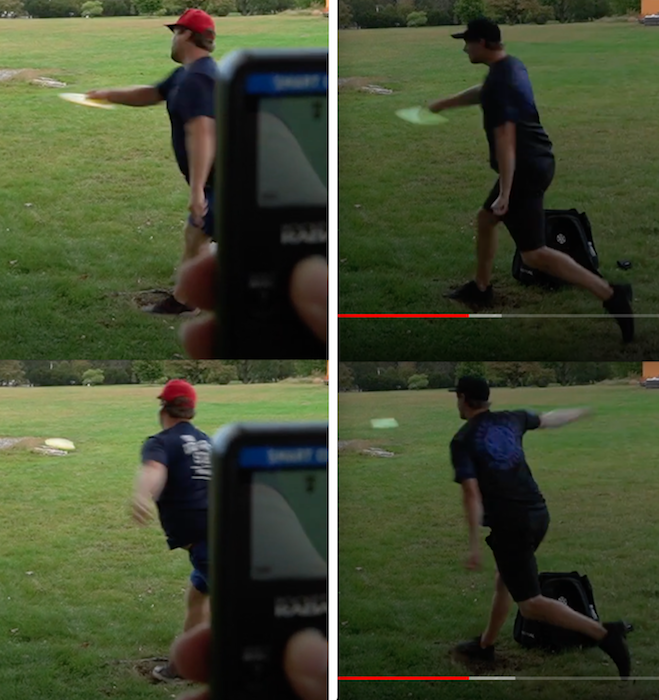Nick Pacific
Eagle Member
- Joined
- Jan 18, 2013
- Messages
- 992
I find very little interest in watching most FPO coverage, I can see that kind of play on any local weekend doubles. A lot of it is down right cringe worthy to watch, and mix that in with the giggling commentary and I can only last a few holes.
.
Paige is 990, Cat, Hailey and Missy are all 950 - 970 and those 4 generally make up most of the lead card coverage nowadays. I'm not sure where you play your weekend doubles, but I'm willing to bet that average rating beats your typical card. If you're contesting that, put up some discgolfscene/Facebook links to these leagues and prove me wrong.
As far as the commentary, Jomez set the bar high. Sexton was a collegiate level disc golf team coach and teacher, and is currently team captain of Innova. Uli is team captain of Discraft and has been doing clinics on the road for more than a decade, and Jerm is literally the loudest mouth on the whole course wherever he plays. There haven't been any females who have anywhere near that level of experience talking and teaching disc golf so it's a bit unfair to hold them to that high of a standard. I think they will get better as the experience adds up.
Last edited:



